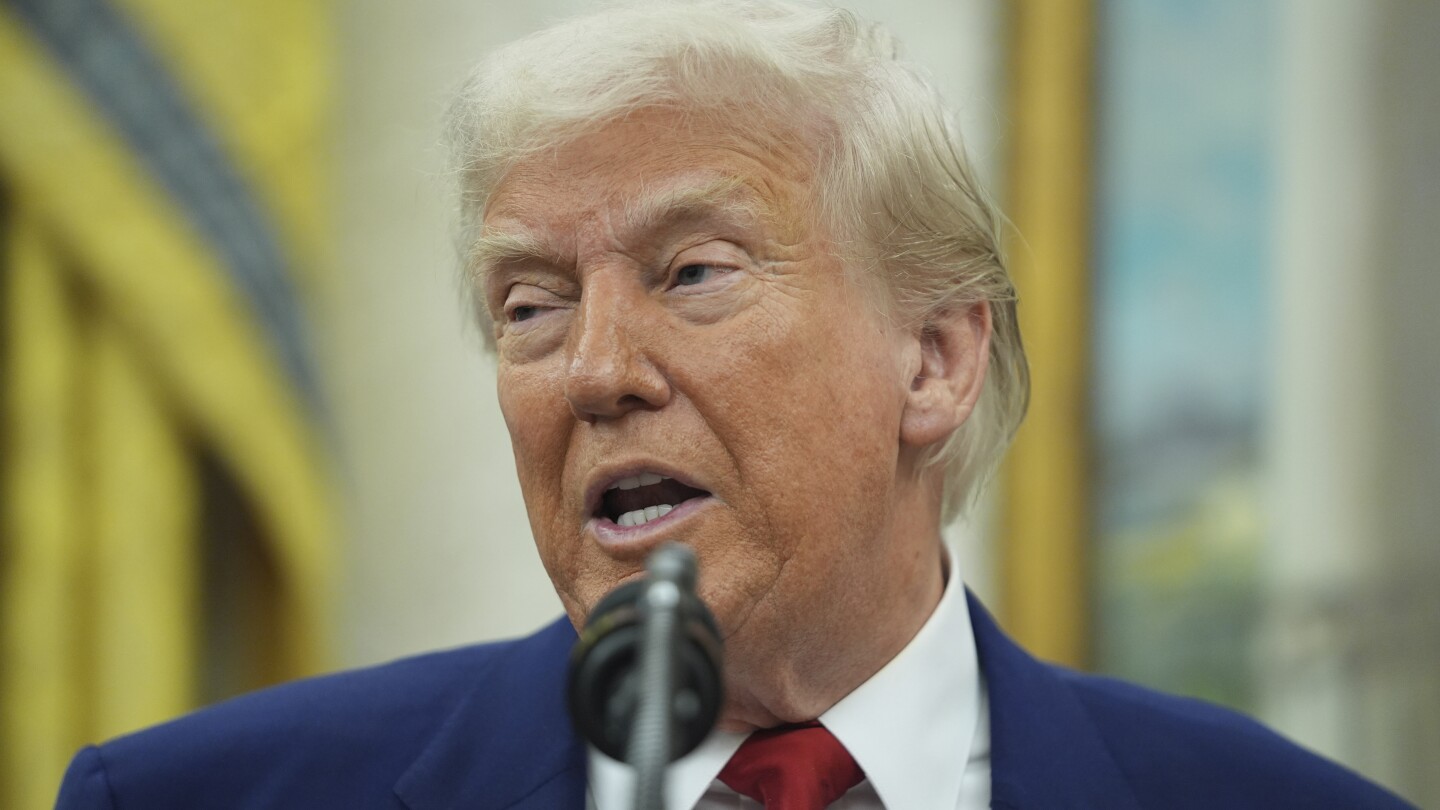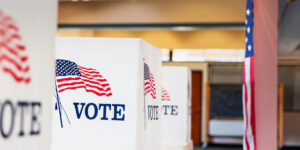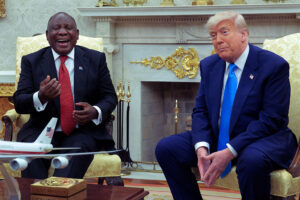In a significant legal development, a federal court has curtailed former President Donald Trump’s attempt to wield extensive authority in imposing global tariffs. The U.S. Court of International Trade has ruled that Trump’s application of an economic emergency act to tax imports from nearly every nation was beyond his presidential powers.
The court’s decision marks a major obstacle for Trump, whose unpredictable trade strategies have disrupted global markets, created business uncertainty, and sparked concerns about inflation and economic slowdown. The former president criticized the ruling on his Truth Social platform, declaring, “The ruling by the U.S. Court of International Trade is so wrong, and so political! Hopefully, the Supreme Court will reverse this horrible, Country threatening decision, QUICKLY and DECISIVELY.”
Despite the ruling, the Court of Appeals for the Federal Circuit has permitted Trump to temporarily continue tariff collections under the emergency provisions while the decision is under appeal. This development comes as multiple lawsuits challenge the legitimacy of Trump’s tariffs, with the potential for the cases to reach the U.S. Supreme Court.
Jeffrey Schwab, senior counsel at Liberty Justice Center, representing five small businesses suing over the tariffs, described the appeals court decision as a “procedural step,” expressing confidence in the courts ultimately blocking the tariffs, which he says threaten his clients’ businesses.
Legal and Economic Implications
The court’s ruling affects tariffs imposed on most U.S. trading partners and previously on China, Mexico, and Canada. Trump had initially introduced these tariffs on what he termed “Liberation Day,” applying up to 50% on countries with trade deficits and a 10% base on others, later pausing the more severe tariffs to allow for negotiations.
Trump’s use of the International Emergency Economic Powers Act (IEEPA) was based on declaring trade deficits a national emergency, a move the court found exceeded his regulatory authority. Trump’s approach sought to bypass congressional oversight, leveraging powers historically granted to manage genuine emergencies.
Market Response and Future Prospects
The financial markets showed limited reaction to the court’s ruling, with minor gains observed in stock prices. Matthew Ryan of Ebury noted that investors anticipate the administration might find alternative methods to maintain its trade objectives.
As the legal battles continue, industry and international negotiations are in a state of flux, with companies reassessing supply chain strategies and countries potentially hesitating in trade discussions amid legal uncertainties. The ongoing challenge to Trump’s tariffs adds complexity to global trade dynamics, impacting economic forecasts and business operations.
Remaining Powers and Tariffs
While the ruling strikes at the core of Trump’s broad tariff strategy under IEEPA, other tariffs remain intact, such as those on steel and aluminum, implemented under different legal authorities that require more specific investigations and justify national security concerns.
Trump retains some power to enact tariffs under the Trade Act of 1974, albeit with restrictions on duration and percentage, providing limited scope for immediate unilateral action. The Commerce Department’s ongoing investigations into other sectors, like pharmaceuticals, suggest potential future tariff applications.
Overall, the decision reduces the U.S. average tariff rate and could spur economic growth if upheld, according to economist projections. However, the legal proceedings may delay tangible changes, as potential refunds to importers hang in the balance of the judicial appeals process.






